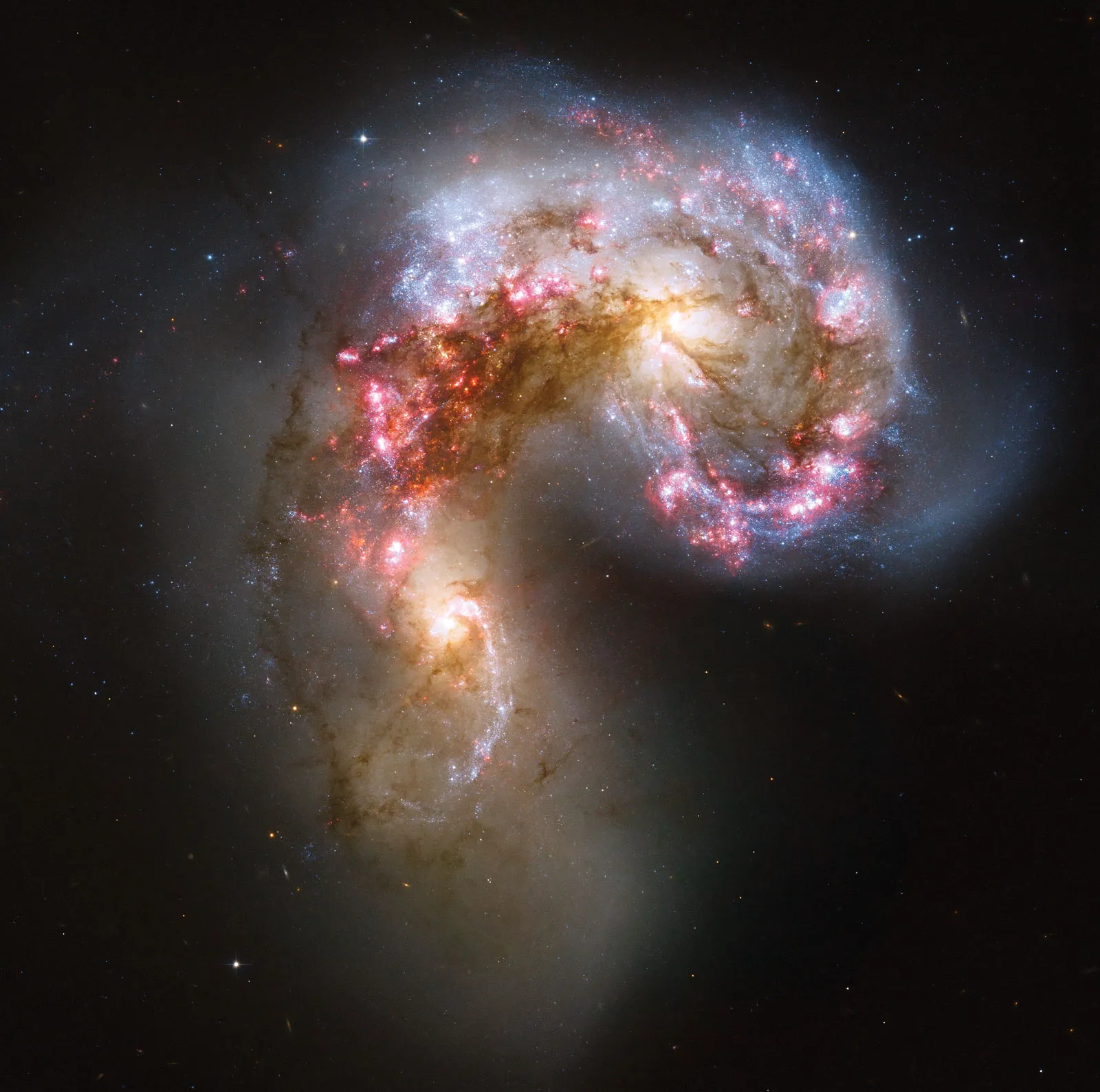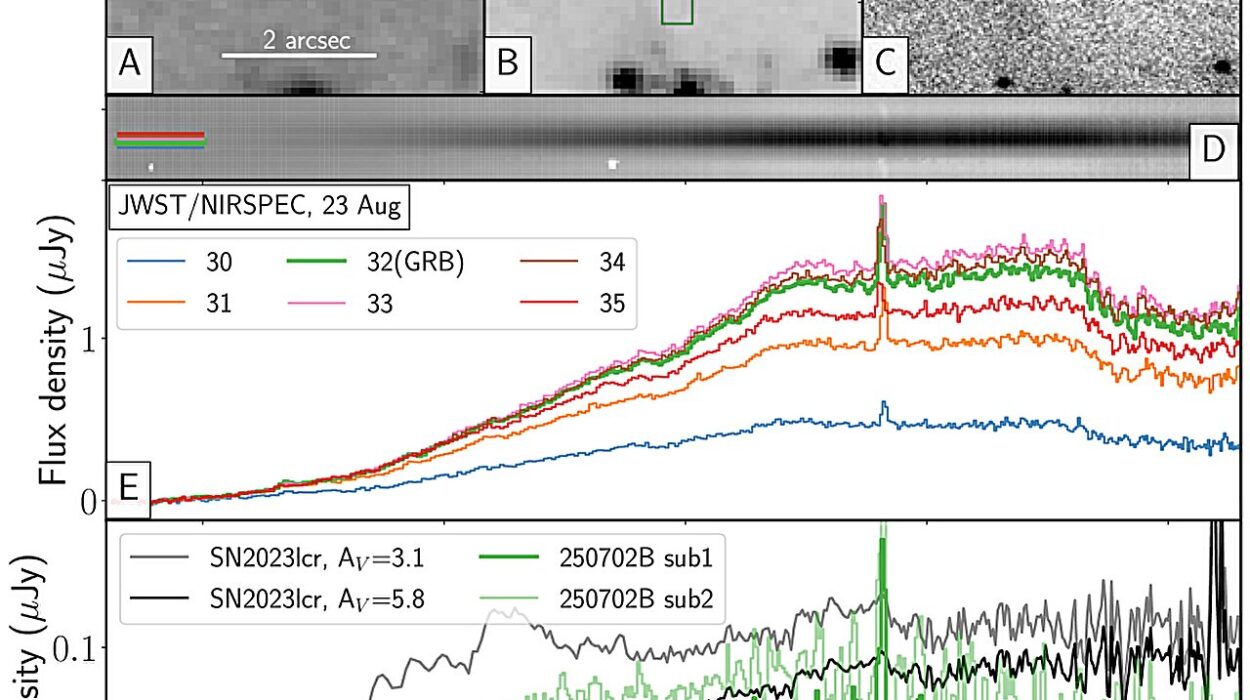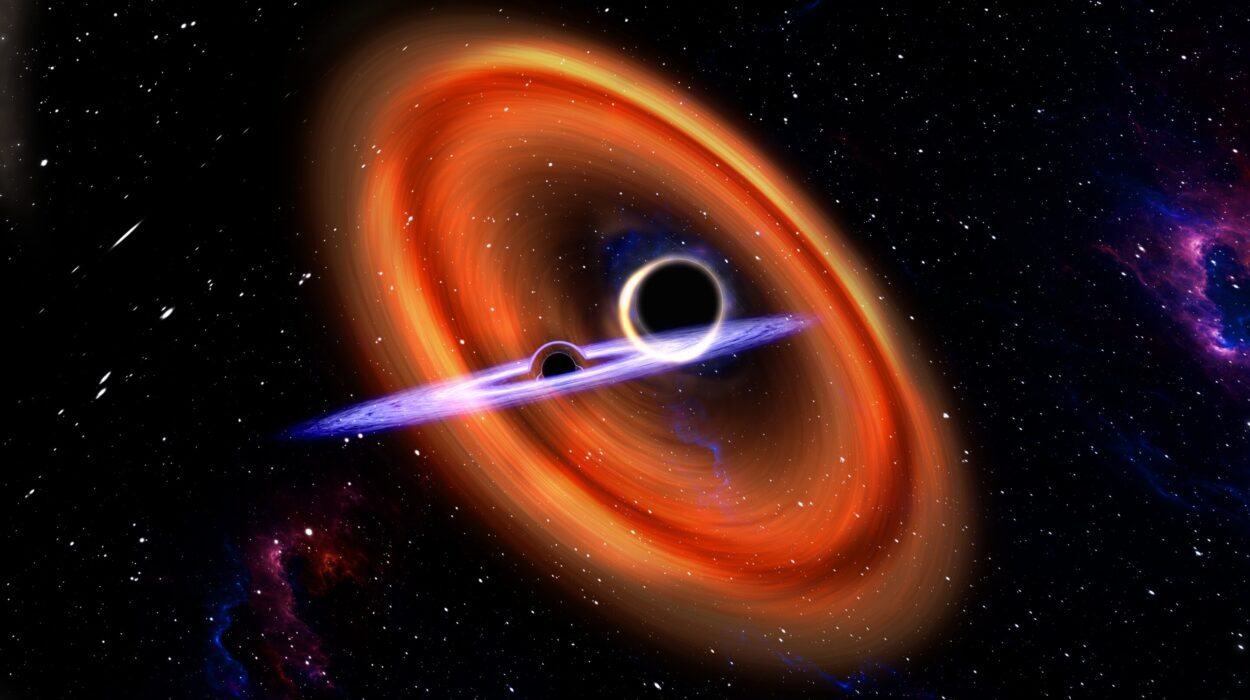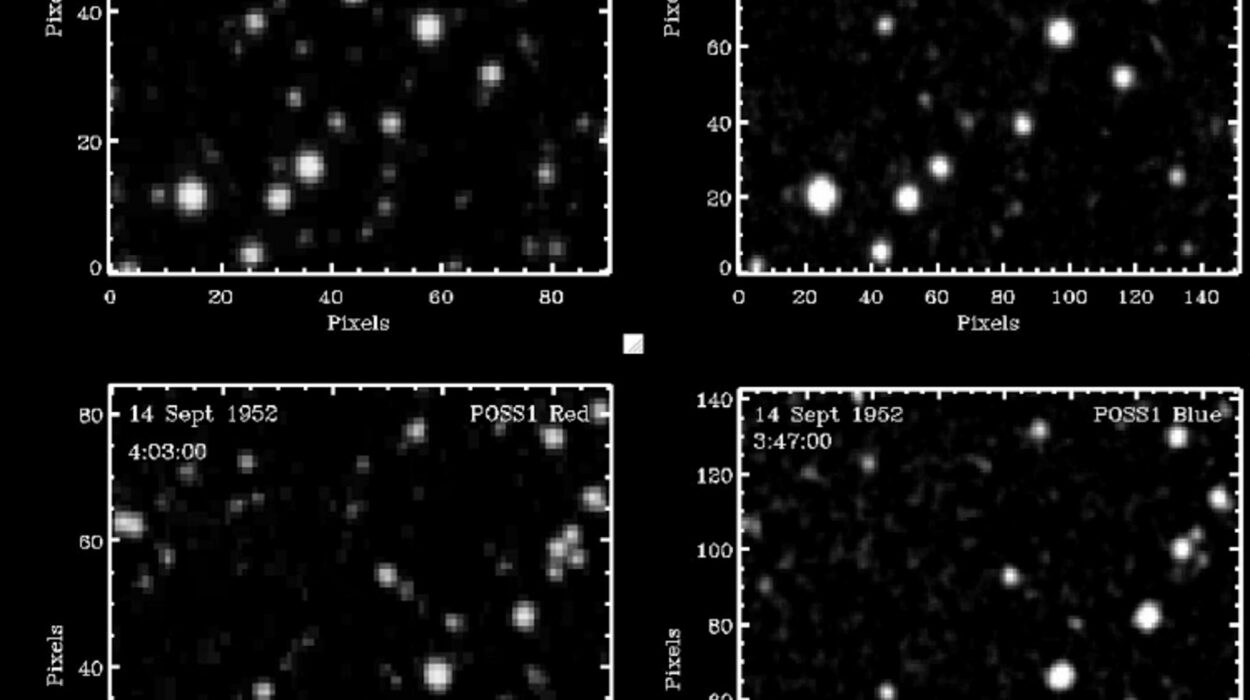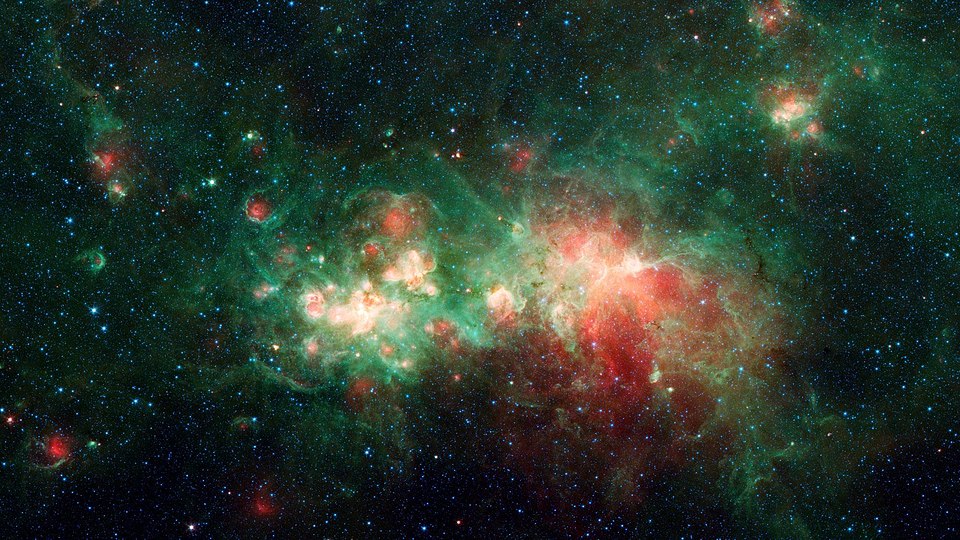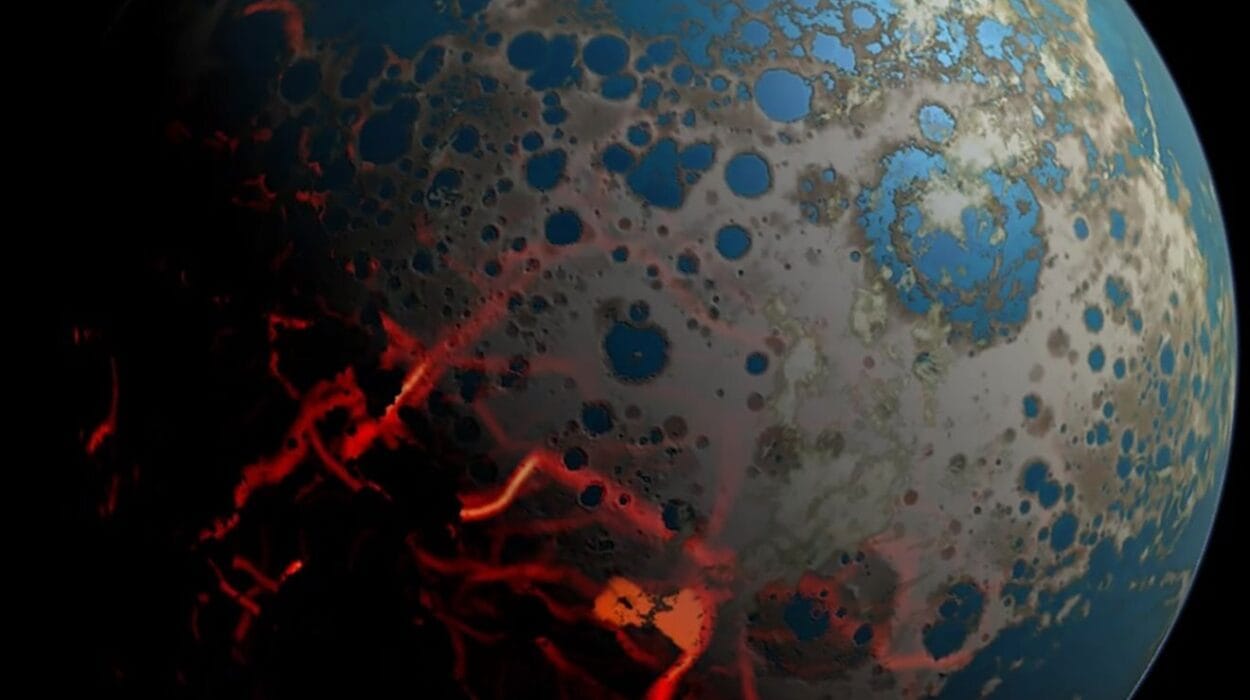On a warm summer afternoon in 1950, over lunch at Los Alamos National Laboratory, famed physicist Enrico Fermi posed a deceptively simple question that continues to haunt scientists, philosophers, and dreamers alike: “Where is everybody?”
It was a casual question, sparked by a conversation about recent UFO sightings and a cartoon about aliens. But beneath that innocent inquiry lay a cosmic mystery that still baffles us today. Given the vastness of the universe, the unimaginable number of stars and planets, and the billions of years of cosmic history, it seems inevitable—almost mathematically certain—that we are not alone. Life should be everywhere.
And yet, it isn’t. At least, we haven’t seen it.
This contradiction between high probability and zero evidence is what we now call the Fermi Paradox.
In this deep dive, we’ll explore the fascinating terrain of this paradox. Why do we think aliens should exist? Why haven’t we found them? Could they be avoiding us? Or are we alone after all? Prepare to take a mind-bending journey through science, speculation, and the unknown.
The Numbers Game—Why Life Should Be Out There
The Cosmic Ocean
Our galaxy, the Milky Way, is an immense swirling collection of stars—about 100 to 400 billion of them. And that’s just one galaxy out of an estimated 2 trillion in the observable universe. Each star potentially has its own solar system, and many of these systems include planets orbiting in a “habitable zone”—the sweet spot where liquid water could exist.
Astronomers have confirmed thousands of exoplanets, some of which resemble Earth. Estimates suggest there could be tens of billions of Earth-like planets in our galaxy alone. Multiply that by billions of galaxies, and you’re faced with a universe bursting with potential homes for life.
But we don’t even have to go that far. Let’s stay local.
The Drake Equation: Crunching the Numbers
In 1961, astrophysicist Frank Drake attempted to estimate the number of active, communicative extraterrestrial civilizations in the Milky Way using an equation that now bears his name: The Drake Equation.
At its core, the equation factors in:
- R*: The rate of star formation.
- fₚ: The fraction of stars with planets.
- nₑ: The number of planets per star that could potentially support life.
- fₗ: The fraction of planets where life actually appears.
- fᵢ: The fraction of life that becomes intelligent.
- f𝚌: The fraction that develops technology to communicate.
- L: The length of time such civilizations release detectable signals.
While many of these variables are still speculative, even conservative estimates suggest there should be thousands, even millions, of civilizations in our galaxy alone.
So… where are they?
The Great Silence
Listening for Whispers
For over half a century, scientists have been listening. Projects like SETI (Search for Extraterrestrial Intelligence) have scoured the skies, sweeping radio frequencies for any sign of a message. The results? Nothing definitive.
Sure, we’ve had some curious signals—like the famous Wow! signal of 1977, an intense radio burst that lasted 72 seconds—but none have been repeated or verified as extraterrestrial.
The Great Filter Hypothesis
One possible explanation for this silence is that intelligent life, especially technologically advanced civilizations, might be exceedingly rare. Something catastrophic or unavoidable could be wiping them out before they reach the stars. This is known as The Great Filter.
The Great Filter could be behind us—life’s emergence on Earth might be the fluke of all flukes. Or it could be ahead of us, suggesting that intelligent civilizations tend to self-destruct through war, climate collapse, or runaway technology before they become interstellar.
If the filter is behind us, we are extraordinarily lucky. If it’s ahead of us… well, that’s deeply unsettling.
Potential Solutions to the Fermi Paradox
Let’s explore the various theories scientists and thinkers have proposed to solve the paradox. Some are optimistic. Some are chilling.
1. We Are Rare: The Rare Earth Hypothesis
While microbial life may be common, complex, intelligent life might be vanishingly rare.
Earth benefited from a perfect storm of conditions: a stable star, a protective magnetic field, plate tectonics to regulate carbon, a giant moon to stabilize its tilt, and even Jupiter to deflect asteroids. Maybe such a chain of cosmic coincidences is incredibly rare.
If this is true, we might be the exception rather than the rule.
2. We Are First: Early Birds in the Cosmos
Perhaps intelligent life tends to emerge later in a galaxy’s history, and we are simply the first civilization to arrive at this stage.
The universe is about 13.8 billion years old, but complex life has only existed on Earth for the last 600 million years—a blink of an eye in cosmic terms. Maybe the conditions necessary for intelligent life are just now becoming widespread.
If so, we may be pioneers rather than latecomers.
3. They Are Too Far Away
Space is enormous. Even if there are thousands of civilizations, they could be scattered so thinly across the galaxy that communication or travel is virtually impossible.
The nearest civilization might be 10,000 light-years away. Even if they sent a message, it would take millennia to arrive, and by the time we reply, they might be long gone.
4. They Are Listening, Not Talking
SETI assumes extraterrestrials are actively transmitting signals, but maybe advanced civilizations are more interested in listening than broadcasting. After all, blaring your presence to the cosmos might attract unwanted attention.
We don’t send out many signals either—most of our broadcasts fade into background noise within a few light-years. Civilizations could be operating in silent mode.
5. We’re Looking the Wrong Way
What if we’re using the wrong technology to search? Radio waves might be primitive to advanced civilizations. They might use technologies beyond our comprehension: quantum communication, neutrino beams, or something entirely different.
Imagine ancient humans trying to detect modern Wi-Fi. They’d never know it was there.
6. Zoo Hypothesis: We’re Being Watched
Some suggest that aliens do know we exist but have decided to leave us alone. This is the Zoo Hypothesis—Earth is a cosmic wildlife preserve, and advanced civilizations have an agreement not to interfere, much like the Prime Directive in Star Trek.
If true, we may be under quiet observation, with contact withheld until we’re deemed ready.
7. They’re Already Here
Another unsettling possibility is that aliens are already among us, either as advanced probes, hidden observers, or even as ancient influencers of human civilization.
Some UFO enthusiasts argue that aliens have visited Earth for millennia. However, mainstream science demands extraordinary evidence—and so far, that evidence has been lacking.
8. They’re Dead: Civilizations Destroy Themselves
This is one of the darker explanations. Civilizations might have a natural tendency toward self-destruction. Nuclear war, climate collapse, artificial intelligence gone rogue—advanced societies might not last long.
If true, intelligence might be a fatal evolutionary trait. This would mean we, too, are at risk of extinction before achieving interstellar travel.
9. They Exist in a Different Form
Perhaps aliens are so different from us that we wouldn’t recognize them as life at all. They could be machines, energy beings, or exist in dimensions we can’t perceive.
Carl Sagan once said, “Absence of evidence is not evidence of absence.” We may simply lack the means to detect non-carbon-based lifeforms or intelligence that operates on scales beyond human comprehension.
Technosignatures and Future Searches
What Are Technosignatures?
Technosignatures are indicators of technology that could be detected across space. These might include:
- Radio signals (the traditional SETI focus).
- Laser emissions.
- Dyson Spheres (hypothetical megastructures that encompass a star to capture its energy).
- Pollution in planetary atmospheres (industrial byproducts detectable by spectroscopy).
- Strange anomalies, like the inexplicable dimming of stars.
Breakthrough Listen and New Efforts
The Breakthrough Listen initiative, funded by billionaire Yuri Milner, represents the largest scientific search for extraterrestrial intelligence to date. Launched in 2015, it uses some of the world’s largest radio telescopes to listen for signals.
At the same time, TESS (Transiting Exoplanet Survey Satellite) and James Webb Space Telescope are uncovering new exoplanets and analyzing their atmospheres. These tools could one day detect biosignatures—or even technosignatures.
Philosophical and Existential Reflections
What If We’re Alone?
If we are the only intelligent life in the universe, the implications are staggering. We carry the sole torch of consciousness in the cosmos. The responsibility to preserve and propagate life would fall entirely on us.
We would be the universe’s way of knowing itself—and its only hope for survival beyond Earth.
What If We’re Not Alone?
On the other hand, discovering alien life—intelligent or not—would profoundly impact humanity. It could unify us or divide us, inspire awe or fear.
Would we embrace contact, or retreat into xenophobia? Would we collaborate, or compete to control alien knowledge?
As Arthur C. Clarke famously said, “Two possibilities exist: Either we are alone in the universe, or we are not. Both are equally terrifying.”
The Future of the Fermi Paradox
Where Do We Go from Here?
The next decades promise to be pivotal. Advancements in technology, telescopes, and artificial intelligence will expand our ability to search for life.
We may discover microbial life in our own solar system—perhaps beneath the icy crusts of Europa or Enceladus, or in the clouds of Venus. Or we may detect artificial signals from distant stars.
Our Role as Cosmic Pioneers
Regardless of whether we find anyone else out there, we are explorers. We have already sent robotic ambassadors across the solar system and probes like Voyager beyond it, carrying golden records of Earth’s story.
One day, we may reach the stars ourselves—whether to find company or to bring life to barren worlds.
Conclusion: A Cosmic Question That Defines Us
The Fermi Paradox is more than a scientific puzzle; it’s a mirror reflecting our hopes, fears, and place in the universe. It forces us to ask: What is life’s purpose? What is our destiny?
Whether we are alone or part of a cosmic community, we are the result of a universe that woke up and asked, “Where is everybody?”
And perhaps, in asking the question, we become the answer.
